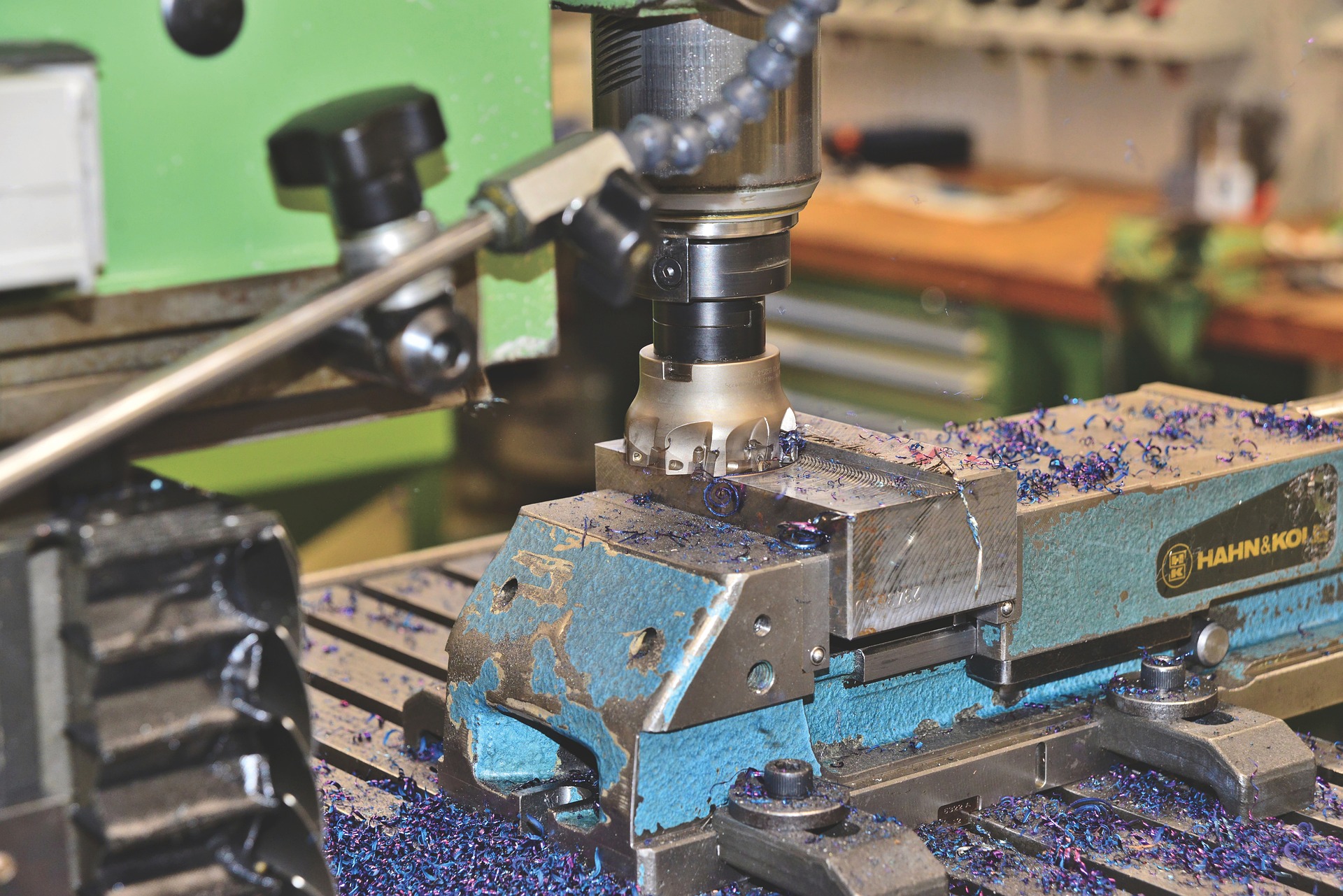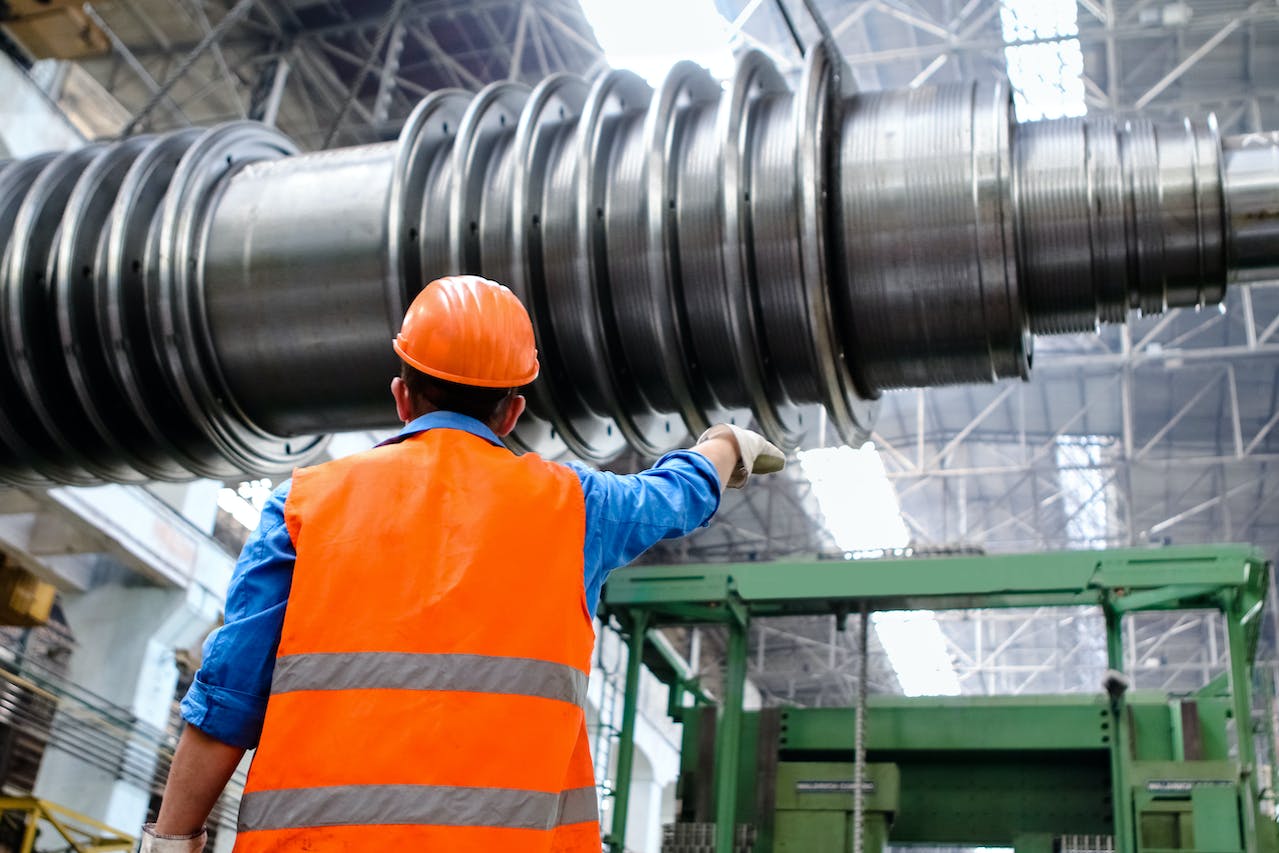Overall Equipment Effectiveness (OEE) is a key performance indicator (KPI) that is widely used in the manufacturing industry to measure the performance of equipment and production processes. OEE is a measure of how well a machine or production line is performing in terms of availability, performance, and quality. It is a powerful tool that can be used to identify areas for improvement and optimize manufacturing processes.
OEE is a metric that is calculated by multiplying three factors: availability, performance, and quality. Each of these factors is expressed as a percentage, and the product of these percentages gives the OEE score. Availability measures the percentage of time that a machine is available for production, performance measures the speed at which the machine operates compared to its theoretical maximum speed, and quality measures the percentage of good quality products that are produced by the machine.
The formula for calculating OEE is:
OEE = Availability x Performance x Quality
Let’s take a closer look at each of these factors.
Availability: Availability is a measure of the percentage of time that a machine is available for production. This includes both scheduled and unscheduled downtime. Scheduled downtime is planned downtime for maintenance, changeovers, or other activities that cannot be performed while the machine is running. Unscheduled downtime is unplanned downtime due to breakdowns, malfunctions, or other unexpected events.
To calculate availability, we divide the total time that the machine is available for production by the total time in the period being measured, and then multiply by 100 to get a percentage.
Availability = (Total operating time – Downtime) / Total operating time x 100
Performance: Performance is a measure of the speed at which the machine operates compared to its theoretical maximum speed. The theoretical maximum speed is the speed that the machine is designed to operate at, and is based on factors such as the machine’s cycle time and design capacity. Performance takes into account factors such as machine speed, operator performance, and minor stops.
To calculate performance, we divide the total number of units produced by the actual production time, and then divide that by the theoretical maximum production rate. Finally, we multiply by 100 to get a percentage.
Performance = (Total units produced / Actual production time) / Theoretical maximum production rate x 100
Quality: Quality is a measure of the percentage of good quality products that are produced by the machine. This includes both products that meet the required specifications and those that are produced without defects.
To calculate quality, we divide the total number of good units produced by the total number of units produced, and then multiply by 100 to get a percentage.
Quality = (Good units produced / Total units produced) x 100
Now that we have looked at each of these factors in more detail, let’s consider how OEE can be used to improve manufacturing processes.
OEE is a powerful tool that can be used to identify areas for improvement in manufacturing processes. By measuring the performance of equipment and production processes, manufacturers can identify bottlenecks, inefficiencies, and areas of waste, and then take steps to address these issues. For example, if a machine has a low OEE score due to frequent breakdowns, the manufacturer can invest in preventative maintenance to reduce downtime and improve availability. Alternatively, if a machine has a low OEE score due to low performance, the manufacturer can look at ways to optimize the production process or upgrade the machine to increase its speed.
One of the key benefits of OEE is that it provides a common language for discussing equipment and production performance. By using a standardized metric, manufacturers can compare the performance of different machines or production lines, even if they are producing different products. This enables manufacturers to identify best practices and share knowledge across the organization.
Another benefit of OEE is that it provides a holistic view of equipment and production



